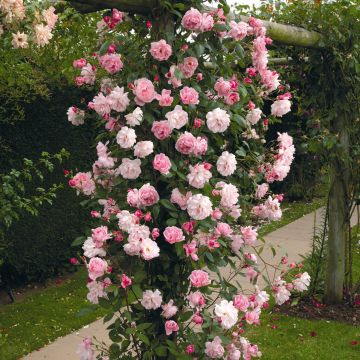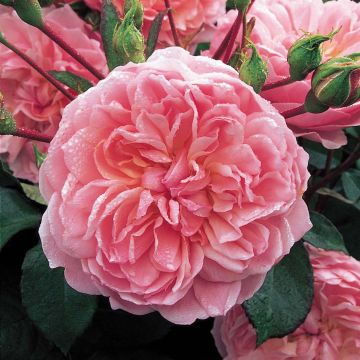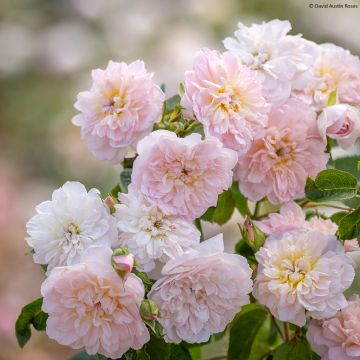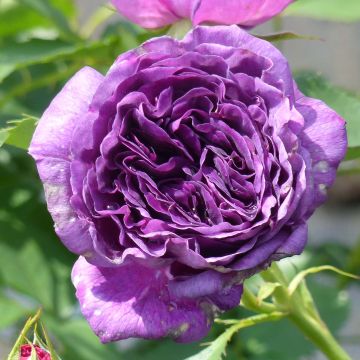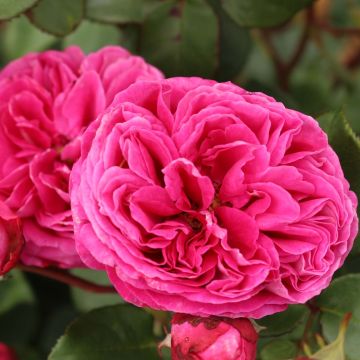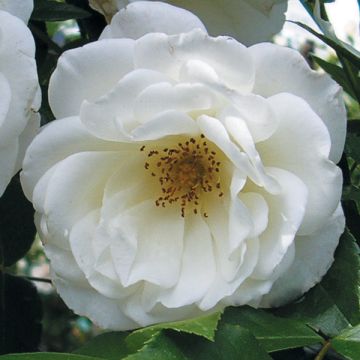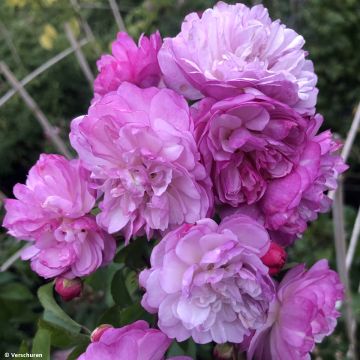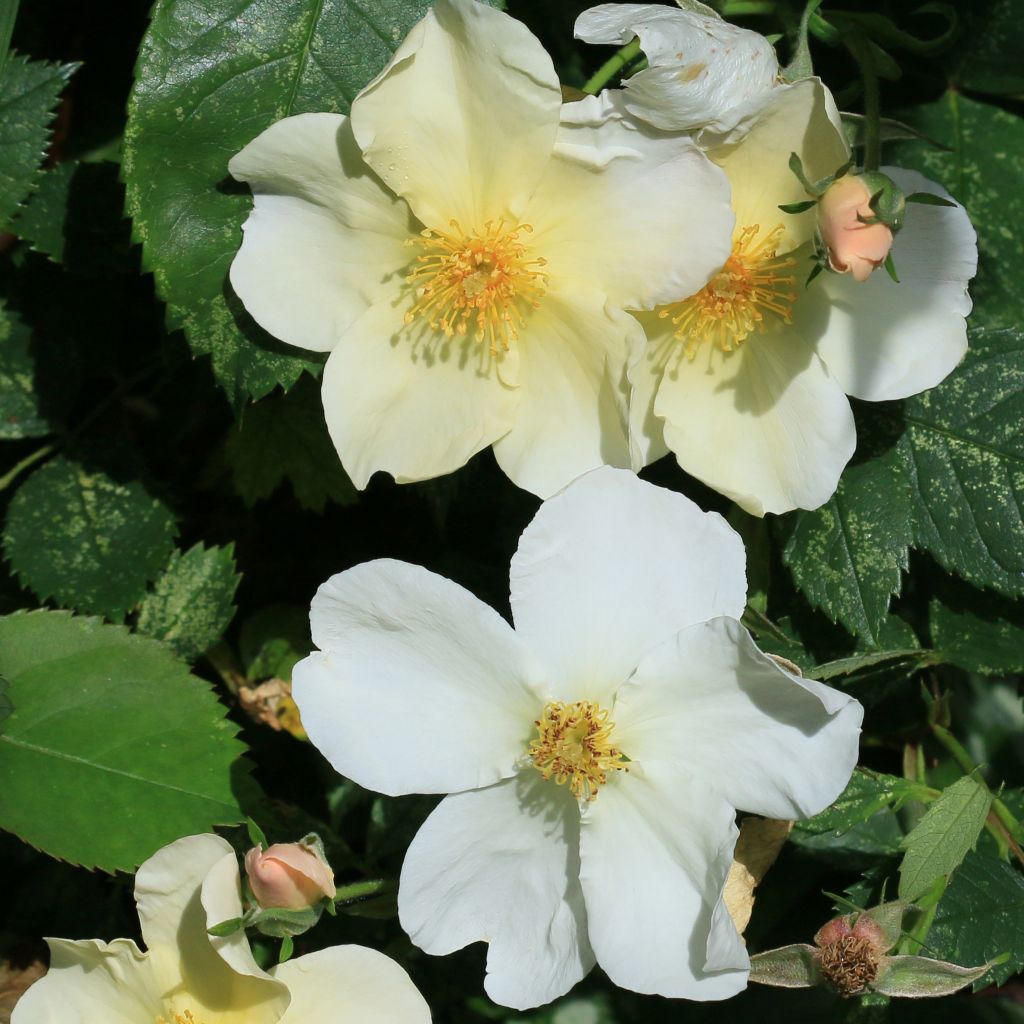

Rosa Kew Gardens - Hybrid Musk Rose
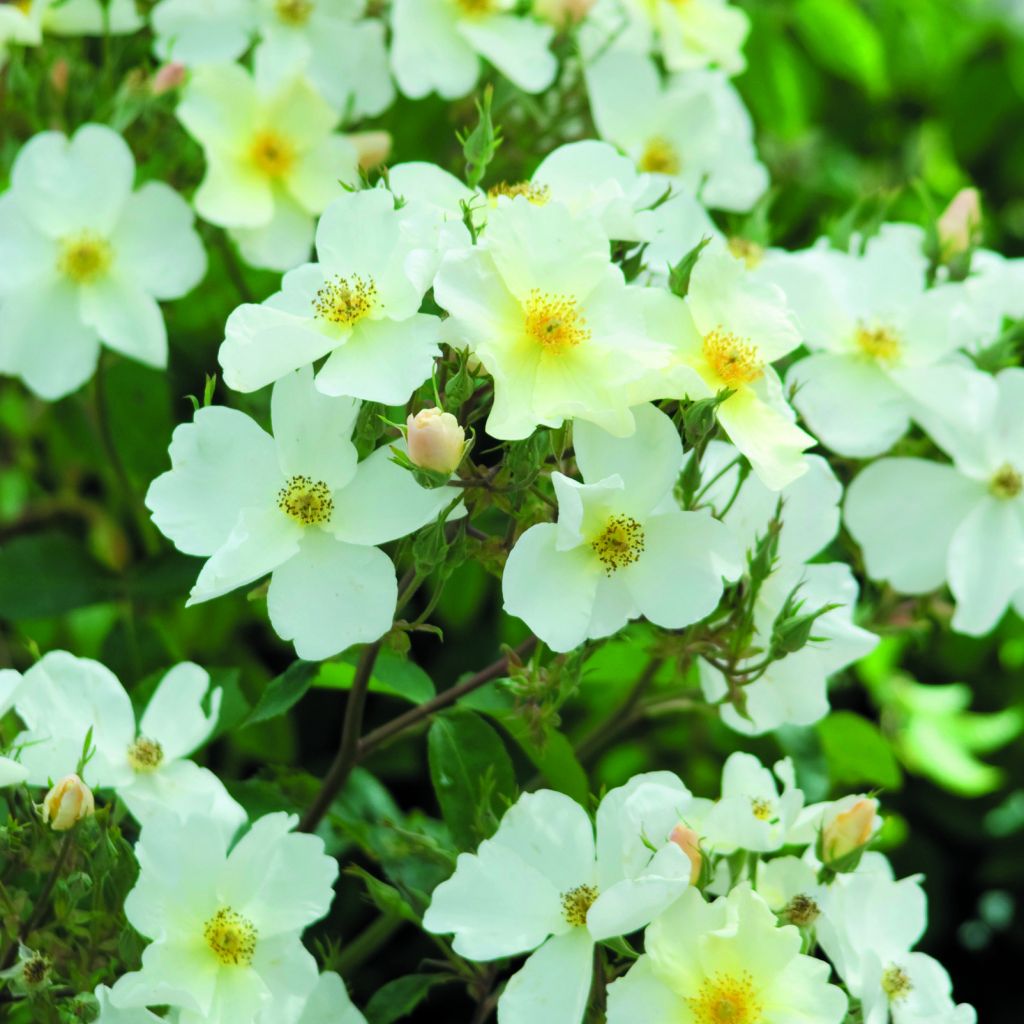

Rosa Kew Gardens - Hybrid Musk Rose
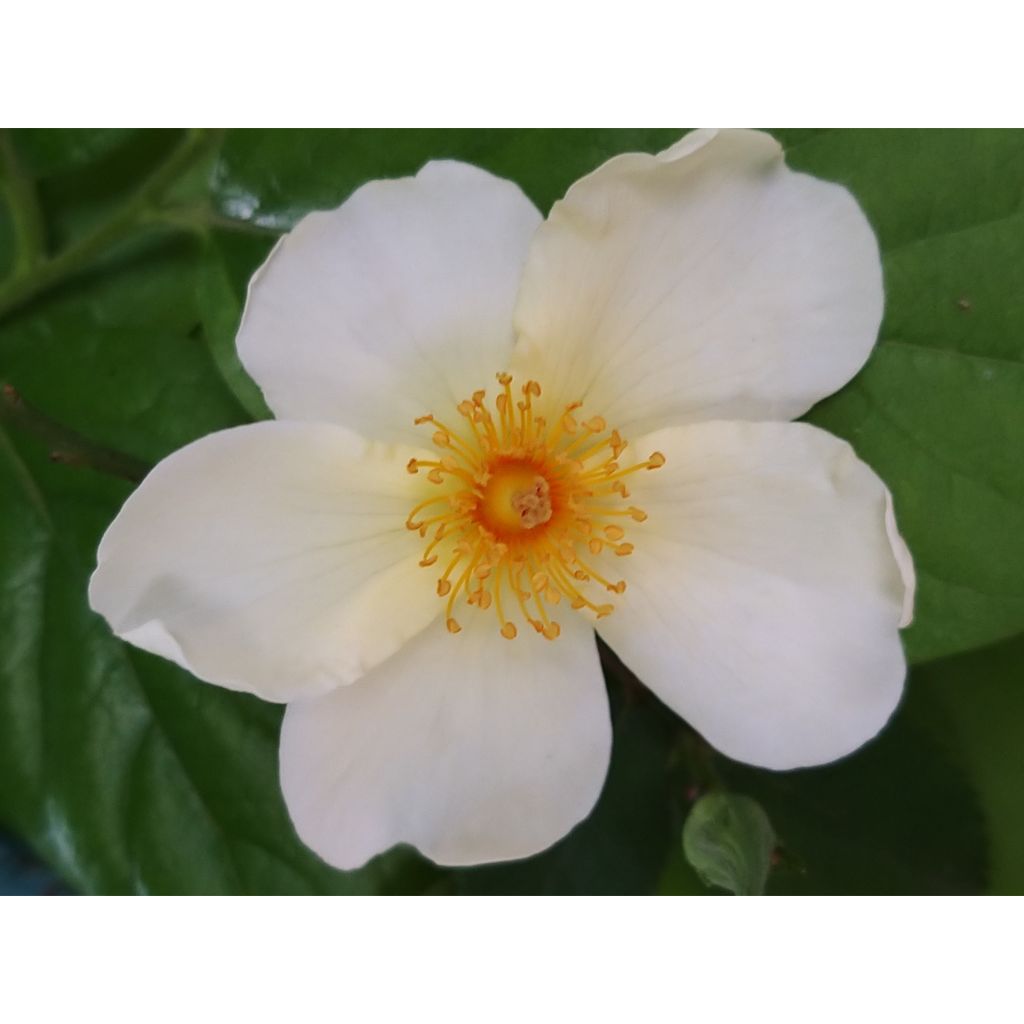

Rosa Kew Gardens - Hybrid Musk Rose
Rosa Kew Gardens - Hybrid Musk Rose
Rosa Kew Gardens® 'Ausfence'
This item cannot be shipped to the selected country
Delivery charge from €5.90
Delivery charge from €5.90
Delivery to Corse prohibited
More information
Schedule delivery date,
and select date in basket
This plant carries a 24 months recovery warranty
More information
We guarantee the quality of our plants for a full growing cycle, and will replace at our expense any plant that fails to recover under normal climatic and planting conditions.
From €5.90 for pickup delivery and €6.90 for home delivery
Express home delivery from €8.90.
From €5.90 for pickup delivery and €6.90 for home delivery
Express home delivery from €8.90.
Delivery to Corse prohibited: UE law prohibits the import of this plant from mainland France to Corse as part of the fight against Xylella fastidiosa. Please accept our sincere apologies.
More information


Does this plant fit my garden?
Set up your Plantfit profile →
Description
The Kew Gardens English rose is certainly one of the best, in more ways than one. Its beautiful pure white dog roses, warmed by a very soft lemon yellow centre, decorate a large, upright, plump bush, absolutely devoid of thorns. Draped in beautiful, disease-free foliage, with an excellent ability to flower throughout the summer with panache and generosity, this variety will certainly become, quite simply, the most beautiful rose in your garden.
This rose forms a large bush, at least 1.50 m (5ft) tall and 1 m (3ft) in diameter. It has an upright habit and thornless branches, covered with exceptionally healthy dark green foliage. Its flowers, arranged in large clusters, bloom almost continuously from the beginning of summer until the first frost. The buds, in a very soft pale apricot shade, open into dog roses composed of 5 pure white petals, around a sweet lemon yellow centre. The flowering is followed by the formation of a few small hips, which it is preferable to remove to encourage new blooms.
Its upright habit and vigorous growth make this Kew Gardens rose a perfect candidate to provide a backdrop, behind borders of perennials or light annuals such as baby's breath, tall phlox or love-in-a-mist. It copes well with the competition from the roots of other plants, which allows it to be associated with a border of flowering shrubs, the sumptuous foliage of the purple Cotinus 'Grace' or even a landscape hedge. In a countryside-inspired scene, it can be combined with other English roses such as 'Benjamin Britten' (pink), 'Crown Princess Margareta' (apricot), 'Eglantyne' (pink), 'Gertrude Jekill' (intense pink), with delphiniums, deutzias, foxgloves, willowherbs, perennial geraniums, and many others.
This rose is named after the famous Kew Gardens botanical gardens, in southwest London, which celebrated its 250th anniversary in 2011.
Created by David Austin in 2010.
Report an error about the product description
Rosa Kew Gardens - Hybrid Musk Rose in pictures
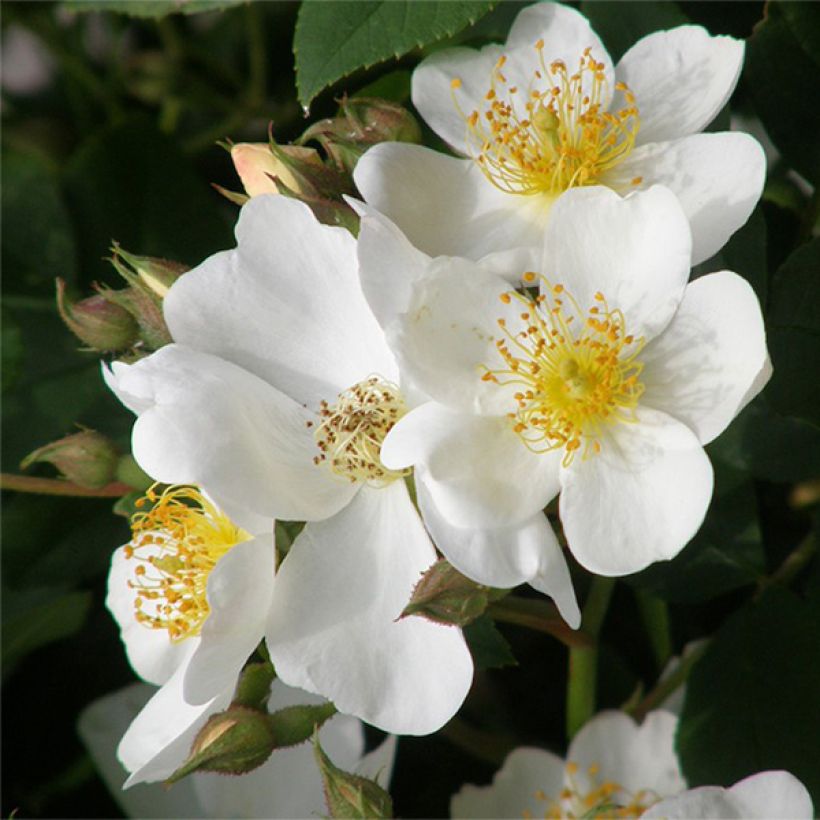

Plant habit
Flowering
Foliage
Botanical data
Rosa
Kew Gardens® 'Ausfence'
Rosaceae
Cultivar or hybrid
Rosa canina Laxa (3L/4L pot, Wrapped bare root)
Other David Austin Roses
Planting and care
Plant your English Rose Kew Gardens in a sunny or lightly shaded location. English roses are tolerant but they won't like excessive limestone. They will adapt to any garden as long as the soil is well worked and rich enough.
To plant your rose, prepare the soil by crumbling it and adding an amendment, such as bonemeal, at the bottom of the planting hole. Water abundantly after planting to remove air pockets. Water regularly for a few weeks to encourage root growth. Pruning English roses is often essential for flowering but the Kew Gardens variety does not require drastic pruning. At the end of winter, shorten the branches to 3-5 buds above the ground (at the lowest level), choosing an outward-facing bud for a more elegant habit. Take advantage of this pruning to remove dead wood and unsightly branches. Pruning is done at an angle above a bud. As the flowers bloom, remove faded flowers to stimulate the development of other buds.
Roses are often spotted or unsightly in late summer, but it is not a problem for their development. These spots are not harmful to the rose; it is a natural phenomenon.
Planting period
Intended location
Care
-
, onOrder confirmed
Reply from on Promesse de fleurs
Roses by purpose
Haven't found what you were looking for?
Hardiness is the lowest winter temperature a plant can endure without suffering serious damage or even dying. However, hardiness is affected by location (a sheltered area, such as a patio), protection (winter cover) and soil type (hardiness is improved by well-drained soil).

Photo Sharing Terms & Conditions
In order to encourage gardeners to interact and share their experiences, Promesse de fleurs offers various media enabling content to be uploaded onto its Site - in particular via the ‘Photo sharing’ module.
The User agrees to refrain from:
- Posting any content that is illegal, prejudicial, insulting, racist, inciteful to hatred, revisionist, contrary to public decency, that infringes on privacy or on the privacy rights of third parties, in particular the publicity rights of persons and goods, intellectual property rights, or the right to privacy.
- Submitting content on behalf of a third party;
- Impersonate the identity of a third party and/or publish any personal information about a third party;
In general, the User undertakes to refrain from any unethical behaviour.
All Content (in particular text, comments, files, images, photos, videos, creative works, etc.), which may be subject to property or intellectual property rights, image or other private rights, shall remain the property of the User, subject to the limited rights granted by the terms of the licence granted by Promesse de fleurs as stated below. Users are at liberty to publish or not to publish such Content on the Site, notably via the ‘Photo Sharing’ facility, and accept that this Content shall be made public and freely accessible, notably on the Internet.
Users further acknowledge, undertake to have ,and guarantee that they hold all necessary rights and permissions to publish such material on the Site, in particular with regard to the legislation in force pertaining to any privacy, property, intellectual property, image, or contractual rights, or rights of any other nature. By publishing such Content on the Site, Users acknowledge accepting full liability as publishers of the Content within the meaning of the law, and grant Promesse de fleurs, free of charge, an inclusive, worldwide licence for the said Content for the entire duration of its publication, including all reproduction, representation, up/downloading, displaying, performing, transmission, and storage rights.
Users also grant permission for their name to be linked to the Content and accept that this link may not always be made available.
By engaging in posting material, Users consent to their Content becoming automatically accessible on the Internet, in particular on other sites and/or blogs and/or web pages of the Promesse de fleurs site, including in particular social pages and the Promesse de fleurs catalogue.
Users may secure the removal of entrusted content free of charge by issuing a simple request via our contact form.
The flowering period indicated on our website applies to countries and regions located in USDA zone 8 (France, the United Kingdom, Ireland, the Netherlands, etc.)
It will vary according to where you live:
- In zones 9 to 10 (Italy, Spain, Greece, etc.), flowering will occur about 2 to 4 weeks earlier.
- In zones 6 to 7 (Germany, Poland, Slovenia, and lower mountainous regions), flowering will be delayed by 2 to 3 weeks.
- In zone 5 (Central Europe, Scandinavia), blooming will be delayed by 3 to 5 weeks.
In temperate climates, pruning of spring-flowering shrubs (forsythia, spireas, etc.) should be done just after flowering.
Pruning of summer-flowering shrubs (Indian Lilac, Perovskia, etc.) can be done in winter or spring.
In cold regions as well as with frost-sensitive plants, avoid pruning too early when severe frosts may still occur.
The planting period indicated on our website applies to countries and regions located in USDA zone 8 (France, United Kingdom, Ireland, Netherlands).
It will vary according to where you live:
- In Mediterranean zones (Marseille, Madrid, Milan, etc.), autumn and winter are the best planting periods.
- In continental zones (Strasbourg, Munich, Vienna, etc.), delay planting by 2 to 3 weeks in spring and bring it forward by 2 to 4 weeks in autumn.
- In mountainous regions (the Alps, Pyrenees, Carpathians, etc.), it is best to plant in late spring (May-June) or late summer (August-September).
The harvesting period indicated on our website applies to countries and regions in USDA zone 8 (France, England, Ireland, the Netherlands).
In colder areas (Scandinavia, Poland, Austria...) fruit and vegetable harvests are likely to be delayed by 3-4 weeks.
In warmer areas (Italy, Spain, Greece, etc.), harvesting will probably take place earlier, depending on weather conditions.
The sowing periods indicated on our website apply to countries and regions within USDA Zone 8 (France, UK, Ireland, Netherlands).
In colder areas (Scandinavia, Poland, Austria...), delay any outdoor sowing by 3-4 weeks, or sow under glass.
In warmer climes (Italy, Spain, Greece, etc.), bring outdoor sowing forward by a few weeks.








































